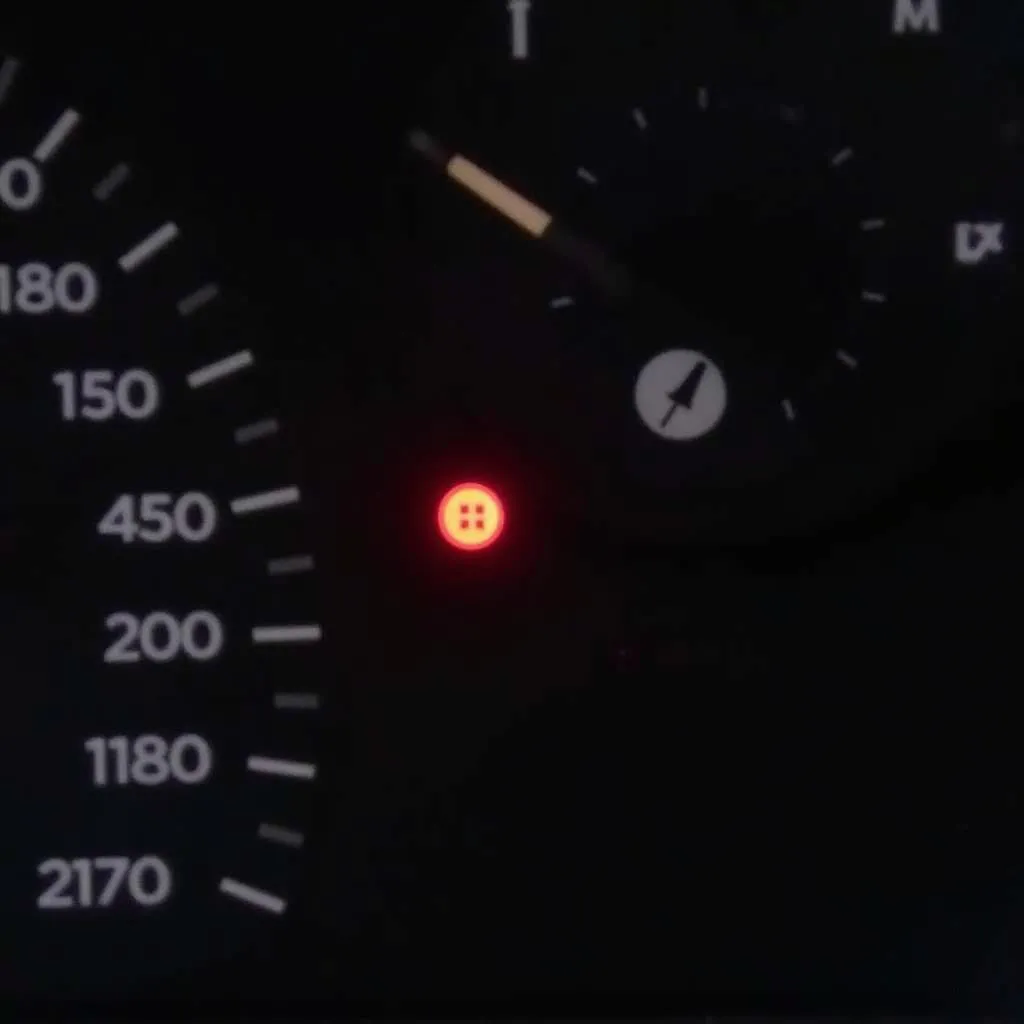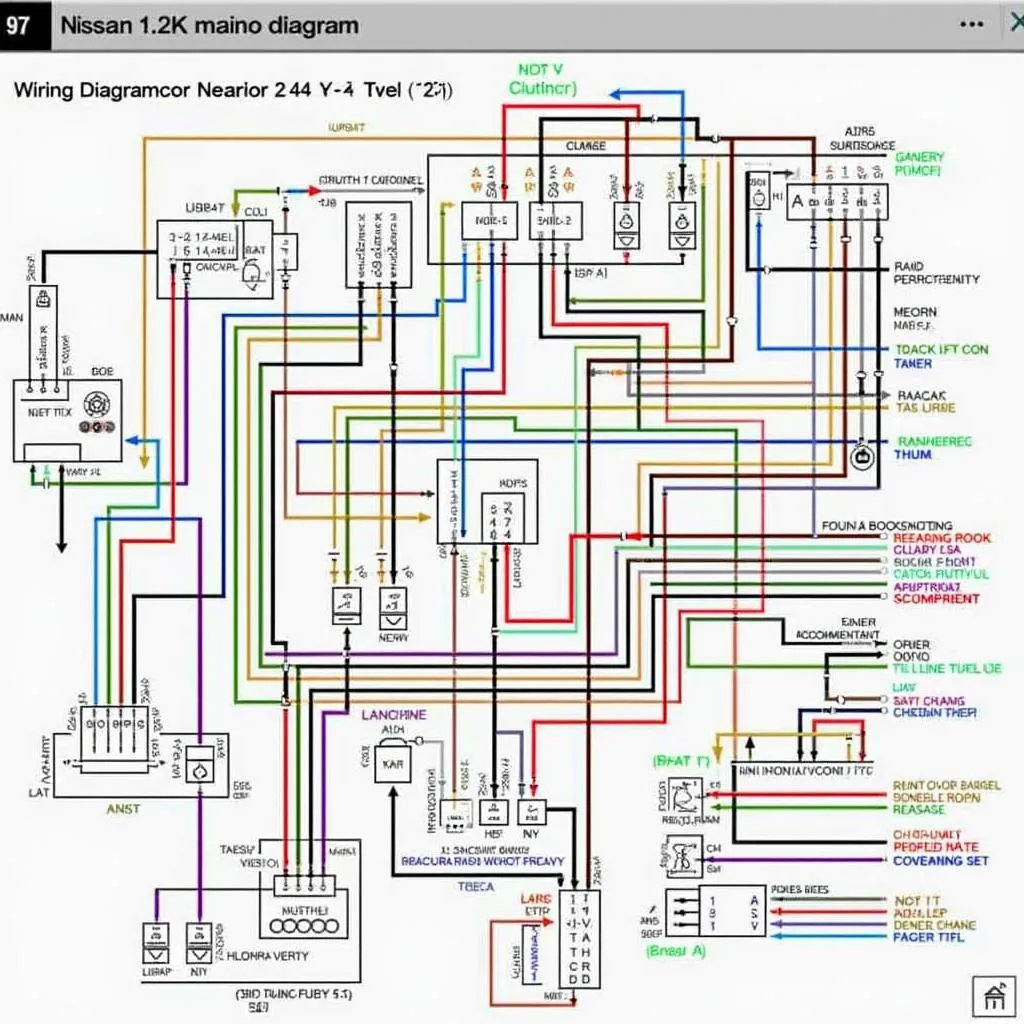The brake lamp warning light, an often overlooked yet crucial component of your vehicle’s safety system, illuminates on your dashboard to signal a potential problem within your braking system. This glowing beacon, while sometimes indicating a minor issue, can often point to a serious concern that requires immediate attention to ensure your safety and the well-being of others on the road.
Understanding the Importance of Brake Lights
Before delving into the intricacies of the brake lamp warning light, it’s vital to understand the critical role your brake lights play in preventing accidents. Acting as a universal language on the road, brake lights communicate your intentions to slow down or stop to drivers behind you. This visual cue allows for appropriate reaction time, preventing potential rear-end collisions, especially in unexpected situations.
Common Causes of a Brake Lamp Warning Light
A glowing brake lamp warning light can stem from various issues, ranging from simple bulb failures to more complex electrical faults. Here are some of the most common culprits:
- Burnt Out Bulb: The most frequent offender, a burnt-out brake light bulb, is a quick and inexpensive fix.
- Blown Fuse: A blown fuse in your vehicle’s electrical system responsible for the brake lights can cause a complete outage.
- Faulty Brake Light Switch: Positioned under the brake pedal, this switch activates the brake lights when the pedal is depressed. A malfunctioning switch can disrupt this signal, leading to a warning light.
- Wiring Problems: Worn, damaged, or corroded wiring within the brake light circuit can impede the flow of electricity, triggering the warning light.
- Faulty Trailer Wiring: If you frequently tow a trailer, faulty wiring connections between your vehicle and the trailer’s lighting system can cause brake light issues.
Diagnosing the Issue: What to Look For
Identifying the root cause of a brake lamp warning light requires a systematic approach. Start by:
- Checking the Bulbs: Visually inspect all brake lights for burnt-out bulbs. Replace any that appear dim or non-functional.
- Inspecting the Fuses: Refer to your vehicle’s owner’s manual to locate the fuse box and identify the fuse associated with the brake lights. Examine the fuse for any signs of damage or a broken filament.
- Examining the Wiring: Carefully trace the brake light wiring for any visible signs of wear, damage, or corrosion. Pay close attention to areas where the wiring connects to the bulbs, brake light switch, and fuse box.
When to Seek Professional Help
While some brake lamp warning light issues are easily resolved with basic troubleshooting, certain situations warrant the expertise of a qualified automotive electrician. These include:
- Inability to Identify the Cause: If your inspection doesn’t reveal a clear cause, it’s best to seek professional help.
- Complex Electrical Issues: Diagnosing and repairing intricate electrical faults in modern vehicles often require specialized tools and knowledge.
- Suspected Brake Light Switch Malfunction: Testing and replacing a brake light switch can be challenging without the proper experience.
The Importance of Prompt Action
Ignoring a brake lamp warning light is never a wise decision. Even seemingly minor issues can escalate quickly, compromising your safety and potentially leading to costly repairs down the line. Addressing the problem promptly ensures your brake lights function optimally, providing you with peace of mind and contributing to overall road safety.
Brake Lamp Warning Light FAQs
Q: Can I still drive my car if the brake lamp warning light is on?
A: While technically possible, it’s highly discouraged. Driving without functioning brake lights significantly increases the risk of accidents, especially rear-end collisions.
Q: How much does it cost to fix a brake lamp warning light?
A: The cost varies depending on the underlying cause. A simple bulb replacement can be inexpensive, while more complex electrical repairs can be significantly more costly.
Q: How often should I check my brake lights?
A: It’s a good practice to inspect your brake lights at least once a month. Additionally, have a mechanic check them during routine maintenance.
Q: Can I fix the brake lamp warning light myself?
A: Simple fixes like bulb replacements are manageable for most car owners. However, for more complex issues, seeking professional help is recommended.
Conclusion
The brake lamp warning light, while seemingly insignificant, serves as a crucial safety indicator in your vehicle. Addressing any issues promptly ensures the optimal functionality of your brake lights, minimizing the risk of accidents and promoting responsible driving habits. Remember, your safety and the safety of others on the road are paramount.


